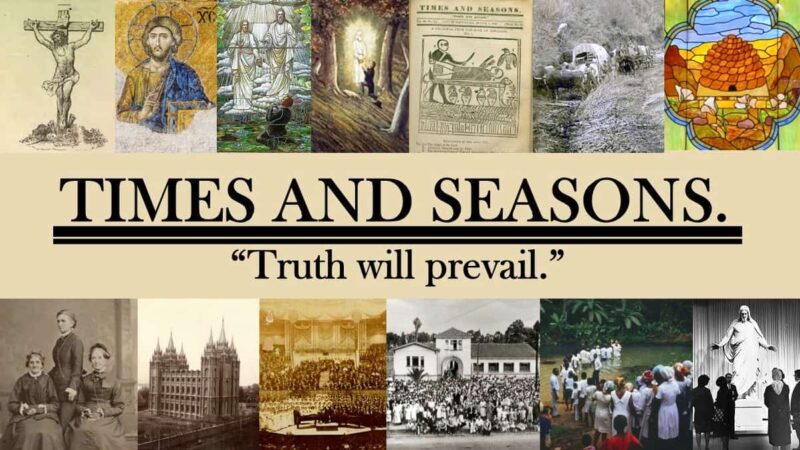Category: From the Desk Co-posts
-
Fully Divine and Fully Human
After the death of Jesus Christ, early Christians spent centuries grappling with understanding who he was. The early creeds developed largely as an effort to reach an official consensus on understanding Jesus’s divine and human natures. While The Church of Jesus Christ of Latter-day Saints is a restoration of the primitive church, early Christianity and…
-
Who was Mary Magdalene?
Mary Magdalene is a well-known figure in the New Testament whose life has been the subject of speculation and storytelling for much of Christian History. One of the more recent instances of this is The Chosen. In a recent interview at the Latter-day Saint history blog, From the Desk, Bruce Chilton discussed Mary Magdalene, offering…
-
Carol Madsen on Emmeline B. Wells
Emmeline B. Wells is a powerful figure in Latter-day Saint history. In a recent interview at the Latter-day Saint history blog From the Desk, Carol Cornwall Madsen discussed some of why that is so. What follows here is a copost to the interview (a shorter post with some excerpts and discussion). To set the stage,…
-
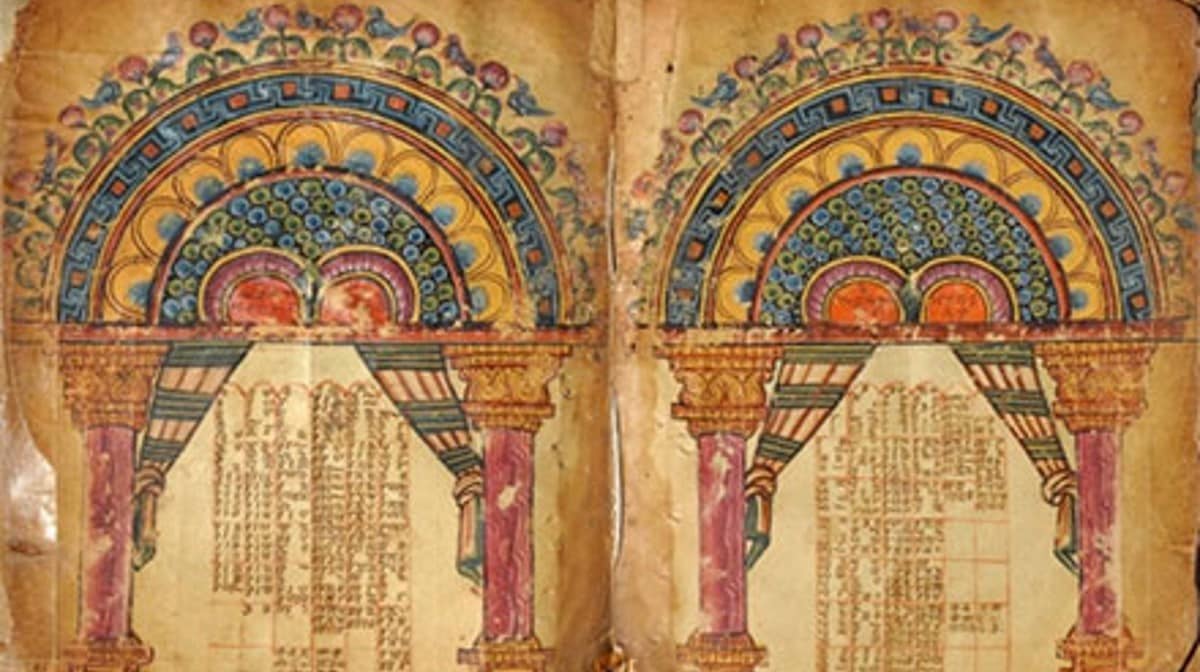
Thomas Wayment on New Testament Canonization
An interesting point made by the late Eastern Orthodox bishop Kallistos Ware is that the books that were selected to be contained in the Bible are a tradition that developed within and passed on by the Proto-Orthodox Church. The process by which that tradition solidified into official canon was a gradual (and messy) one. In…
-
Patriarchal Blessings as Revelations and Catalysts of Revelation
Patriarchal blessings have been an ongoing part of the Latter-day Saint tradition from very early on. As something that many Latter-day Saints experience, it’s an area that many people have questions. In a recent interview at the Latter-day Saint history and theology blog From the Desk, Latter-day Saint historian Keith Erekson discussed some of the…
-
The Ordeal of Dr. John Milton Bernhisel
I’ve talked before about how if we knew and experienced the early history of the Church of Jesus Christ of Latter-day Saints for ourselves, we might be surprised by who were the most influential members in shaping the developing Church. Dr. John Milton Bernhisel is another of those individuals who had a surprisingly large impact…
-
A Female Journal of Discourses
“Some called her the poetess, the presidentess, and the priestess.” This description of Eliza R. Snow and her titles was shared by Jenny Reeder in a recent interview at the Latter-day Saint history blog From the Desk about the Eliza R. Snow discourses that have been published by the Church Historian’s Press. What follows here…
-
Robert Alter’s Translation of the Hebrew Bible
I’ve always wondered how well the talks of different general authorities translate to other languages. For example, I can imagine that a lot of the alliteration that a few apostles adopt in their addresses doesn’t carry over. And I know from my work on translating Spanish hymns that translating between languages is an inexact science…
-
Voices of the Wives of Joseph Smith
Plural marriage in Nauvoo continues to be one of the thorniest issues when discussing the life and legacy of Joseph Smith. One of the major works that helped shed greater light on the roots of plural marriage and the women who practice it with the Prophet is Todd Compton’s book, In Sacred Loneliness, published in…
-
The Emmeline B. Wells Diaries
Emmeline B. Wells is a crucial figure in the history of the Church of Jesus Christ of Latter-day Saints. She was a leader in the Church as a Relief Society president, an advocate for women’s suffrage, a noted periodical editor, an early settler in Utah, etc. In a recent interview at the Latter-day Saint history…
-
Zion and 19th Century Cross-cultural Missionary Work
How does a faith that claims global reach while being rooted in a specific Anglo-American context in the 19th century interact with cultures that are different from the Anglo-American culture of their time? Further, how did they approach that issue while also being a pariah among the general Anglo-American culture? These are some of the…
-
When Was Jesus Born?
When was Jesus born? While not consequential to our salvation or daily choices, it’s an interesting question to explore. In a recent interview at the Latter-day Saint history blog From the Desk, Jeffrey R. Chadwick discussed his research into the question: When was Jesus actually born? What follows here is a co-post to that discussion…
-
Documents and a House Full of Females
Primary sources like journals and diaries are the backbone of a lot of historic research. In a recent interview with Laurel Thatcher Ulrich over at the Latter-day Saint history blog From the Desk, Ulrich discussed some of the documents she used and how she used them while writing A House Full of Females: Plural Marriage and…
-
Susa Young Gates and Joseph F. Smith’s Vision
The vision that we have printed as Section 138 was received by Joseph F. Smith in the last few months of his life. Among the very first people he asked to have review the document was none other than his friend, Susa Young Gates. In one of the excellent essays presented in the Revelations in Context book,…
-
Clare Middlemiss and David O. McKay
In a church hierarchy made up of humans, it is possible for people who we don’t usually think about to have power and influence in ways that aren’t immediately obvious. During the David O. McKay administration, his personal secretary (Clare Middlemiss) was one such person who has not commonly been discussed, but who had an…
-
Latter-day Listicles
The Latter-day Saint history blog From the Desk is approaching its 5-year anniversary. With those 5 years of content in mind, they have gathered snippets of information from their interviews into compilations, one each featuring the Book of Mormon, Joseph Smith, Jr., and Brigham Young. They’re pretty fun and interesting to peruse to see what has been…
-
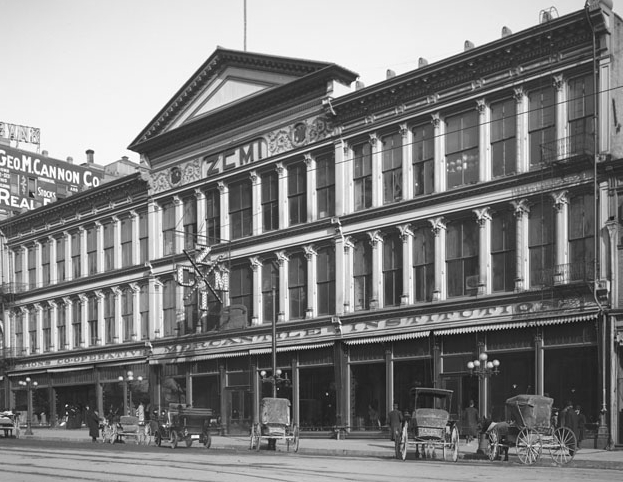
The Rise and Fall of the ZCMI
Growing up in the Salt Lake Valley, one of my family’s favorite Christmas traditions was visiting the ZCMI storefront in Salt Lake City to see a display of large ornaments decorated with candy. While that tradition is carried on by Macy’s Salt Lake City store, ZCMI is gone. But the story of how ZCMI came…
-
Ann Madsen and Spencer W. Kimball
While Ann Madsen isn’t as well-known as her husband, Truman Madsen, she is a notable woman who has been described as “every bit the disciple-scholar” that her husband was. In a recent interview over at the Latter-day Saint history blog From the Desk, Ann discussed some of the events in her life, focusing particularly on…
-
Choosing Faith and Into the Headwinds
Belief in religion is something that can be hard in Western culture. Yet, it is something worth working towards. This idea is something that Terryl and Nathaniel Givens discussed in a recent interview on the Latter-day Saint history and theology blog From the Desk. The context of their discussion has to do with a book they…
-
Mexican Pioneers
Back in 1997, M. Russell Ballard spoke about how we should take the “opportunity to honor … the remarkable efforts of our pioneers in every land who have blazed spiritual trails with faith in every one of their footsteps.” (M. Russell Ballard, “You Have Nothing to Fear from the Journey,” Conference Report, April 1997.) In…
-
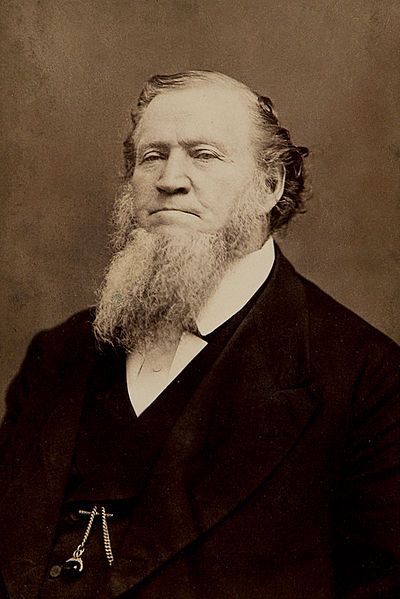
Looking at the Prophet Anew (Brigham Young edition)
How we understand and view President Brigham Young as the second prophet of the Restoration is often in a much more negative light than how the Prophet Joseph Smith is viewed. In a recent interview at the Latter-day Saint history blog From the Desk, Chad Orton discusses some of why that is and offers additional thoughts…
-
To Ezra or not to Ezra…
Ezra is an important figure in the Hebrew Bible, but there are some concerns that have been raised over the historical record around him and some interesting places where he is missing in that record. In an interview over at the Latter-day Saint history blog From the Desk, the Biblical scholar Charlotte Hempel discusses some…
-
Shaking the Dust from Your Feet
Have you ever performed a ritual shaking of the dust from your feet? I never have (in fact, I’m pretty sure I was specifically instructed to not do that as a missionary), though as a 20-year old, I was somewhat tempted while serving a full-time mission on a few occasions. In an interview over at…
-
Women and the Priesthood with Lisa Olsen Tait
“Do women have the priesthood?” You would think the answer would be a simple yes or no for members of the Church of Jesus Christ of Latter-day Saints. The reality, however, seems to say differently, with people arguing for a whole spectrum of answers while discussing this topic of perennial interest. In a recent interview…
-
A Time When Tithing was Almost Done Away
In the aftermath of the US Civil War, the Church faced a heavy tax settlement that led to a contemplated hiatus in requiring tithing. In a recent interview over at the Latter-day Saint history blog From the Desk, Samuel Brunson discussed how that situation came about, what the leaders of the Church tried in order…
-
Three Degrees
Language is a tricky thing. Sometimes, when someone says a word, it can mean something very different to them than it does to us. This can be particularly true when that person is from the past and the exact meaning of a word changes over time. In a recent interview with Bryan Buchanan about an…
-

Was Jesus Married or Not?
An enigma that has been explored repeatedly over the years, both in the Church of Jesus Christ of Latter-day Saints and in Christianity more broadly, is the marital status of Jesus of Nazareth. There is little to reliably indicate either way in the established canon of the New Testament, but that hadn’t stopped people from…
-
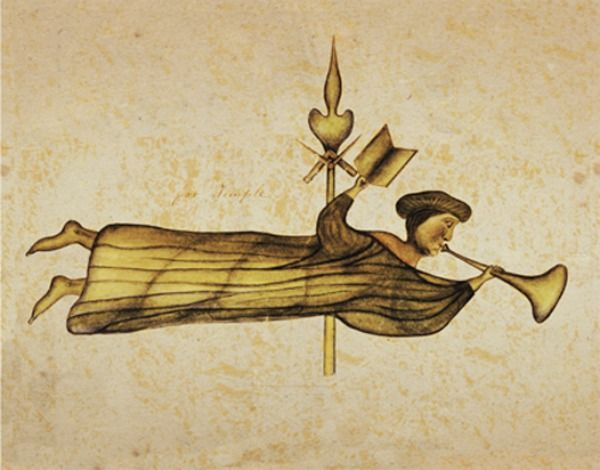
Masonry and Mormonism
The relationship between Freemasonry and the Church of Jesus Christ of Latter-day Saints is a subject of controversy for members of the Church. In the near future, two important studies of that relationship are slated to be published – Method Infinite: Freemasonry and the Mormon Restoration by Cheryl L. Bruno, Joe Steve Swick III, and…
-
Consecration and Tithing
What do you think of when you hear about the law of consecration? For me, the initial images that flash through my mind have to do with past attempts in the Church to implement programs like the United Order of Enoch in various communities in the Midwest and Utah during the 1800s. Yet, I also…
-
The Pony Express Before the Pony Express
Growing up in Utah, I remember a time when my parents took me out to a remote location where there was a reenactment of the Pony Express, a famous mail system in the western United States of America that facilitated fast communication. As noted in a recent interview at the Latter-day Saint history blog From…
